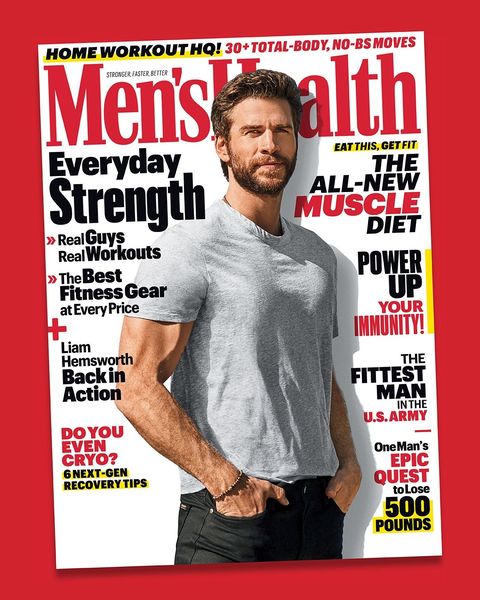Besides starring in some of Hollywood’s most successful films, there’s another common denominator between the likes of Zac Efron, Tom Hardy and Jake Gyllenhaal—they’ve all used bodyweight exercises and home-friendly workouts to build a physique that would be remembered years after their starring role.
We literally turned him into a beast
One of Gyllenhaal’s most famous (and, frankly, intimidating) roles was portrayal of boxer Billy Hope in 2015’s gritty sports flick Southpaw. Even before the film’s release, the main reaction to Southpaw’s publicity run was shock, awe and disbelief — almost all of which was in reaction to the reveal of Gyllenhaal’s staggering new body shape. It was the direct result of the then-34-year-old actor gaining a whopping 15 lbs (6kg) of muscle for the role of Hope, a talented-but-troubled young boxer.
“We literally turned him into a beast. Jake, my god, he’s a very electric, powerful fighter in this movie,” said Southpaw Director Antoine Fuqua in an interview with Deadline. “He’s so committed and gives his heart. The word is sacrifice.”
Fuqua claimed Gyllenhaal worked out for six hours a day for six months. He would wake up, grind through 1000 sit-ups, run eight miles, then launch into a tough training routine of skipping (which, in his words, he did “shitloads of), boxing and weight training.
To close the day, Gyllenhaal would rep out another 1000 sit-ups before bed. He would also flip a 160kg tyre on the regular and beat it with a 10kg sledgehammer. Which, of course, is impressive; but when his previous role as Lou Bloom in Nightcrawler saw him lose 14kg, his Southpaw transformation like an other-worldly effort.
None of this means you should train that way, or, heck, that even Gyllenhaal would train that way again. There are smarter, better ways to build that same muscle and strip away bodyfat, says MH Fitness Director Ebenezer Samuel, C.S.C.S. “Gyllenhaal’s boxing routine is not one he (or anyone) could (or would want to) maintain past a film,” says Samuel.
You’re better served training 5 or 6 days a week with a day of active recovery, says Samuel. “You’ll stay healthier this way,” says Samuel, “and have more opportunity to recover between sessions.” Not sure what workouts to start with? These 10 can get you going.

Men’s Health
Subscribe to Men’s Health
SHOP NOW
From: Men’s Health UK
Source: Read Full Article
